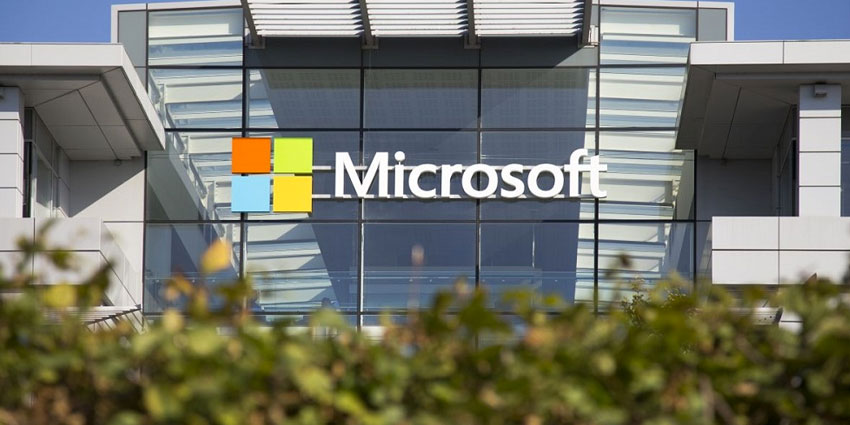Windowscentral.com tells us that there are currently 1.2 billion office users and 60 million Office 365 commercial customers across the globe. In other words, many corporations rely on Microsoft to provide the productivity solutions that they need to run a successful business. Unfortunately for entrepreneurs and companies in Britain, this could mean paying extra cash in the coming months, as the issues surrounding Brexit finally come to a head. Microsoft has announced that it will be increasing the prices it charges British businesses by up to 22% in an attempt to manage the deteriorating nature of the pound after the referendum result.
The new prices arrived during January 2017, and saw the amounts charged for locally hosted software rising by around 13%, while many cloud-hosted services had their prices boosted by the full 22%. In the past, programs like Microsoft’s Office suite were originally installed as local software on PCs, but in recent years, the cloud-based subscription solution “Microsoft Office 365” has emerged as an increasingly convenient and popular solution for home office and business users alike.
Why the UK Has Taken the Hit
According to Microsoft’s team, the company periodically re-assesses the impact of their local pricing methods for their products and services to ensure comprehensive alignment across the region. As such, the latest change in prices simply represents the outcome of the company’s most recent assessment. Microsoft commented that the changes are similar to the adjustments in pricing that they made for the Swiss franc and Norwegian krone during April 2016.
Crucially, business customers will only see the changes in price to begin with if they purchase products directly from Microsoft, but the chances are that third-party resellers are also going to increase their own prices to match the overall increase.
Just some of the software that is expected to be affected by the rise in price includes Microsoft Office’s suite of productivity tools, including PowerPoint, Word, and Outlook, as well as the popular Office 365 platform. With that in mind, however, the price rise will only apply to new purchases for the business, not simply ongoing contracts, thereby delaying the blow that many organisations will face when they use Microsoft technology.
One Company in an Oncoming Trend
Although Microsoft is one of the first major firms to technology to announce a change in their prices at such a large percentage for UK customers following the currency collapse, it may be worth noting that other businesses have avoided making such announcements, while still increasing the amount they charge. For instance, Amazon currently charges all its Web Services users prices that are dictated by the US dollar. Though customers, such as the Guardian, Spotify, and Netflix have the chance to pay those bills in local currency, the fees will be determined by the US exchange rate at the close of the billing month.
Apple recently managed to implement its own price rise when announcing new iPhones and boosting the storage available on iPads. The new handsets cost between 11% and 15% more than the phones that they replaced. For instance, the cheapest iPhone 6s started off with a price at £539, while the successor in the line is now £599. The iPad air has seen a similar boost, with costs rising from £349 to £379. Though there is more storage in the newer version, in the US, the increased memory was offered without any boost in price. In October 2017, we can expect to see similar Apple price increases when updates are made to the Mac line.







